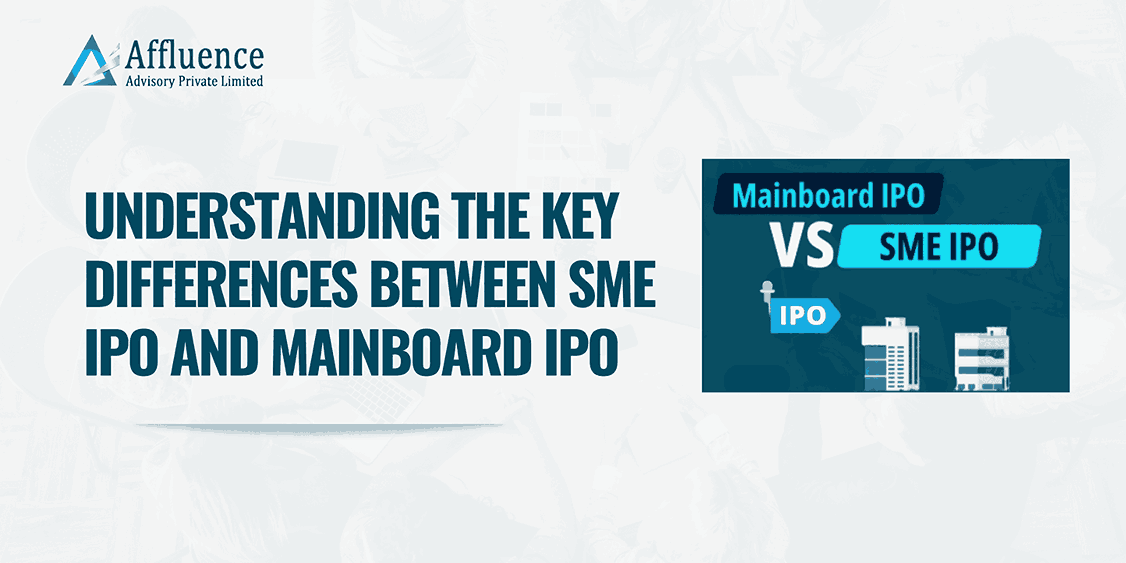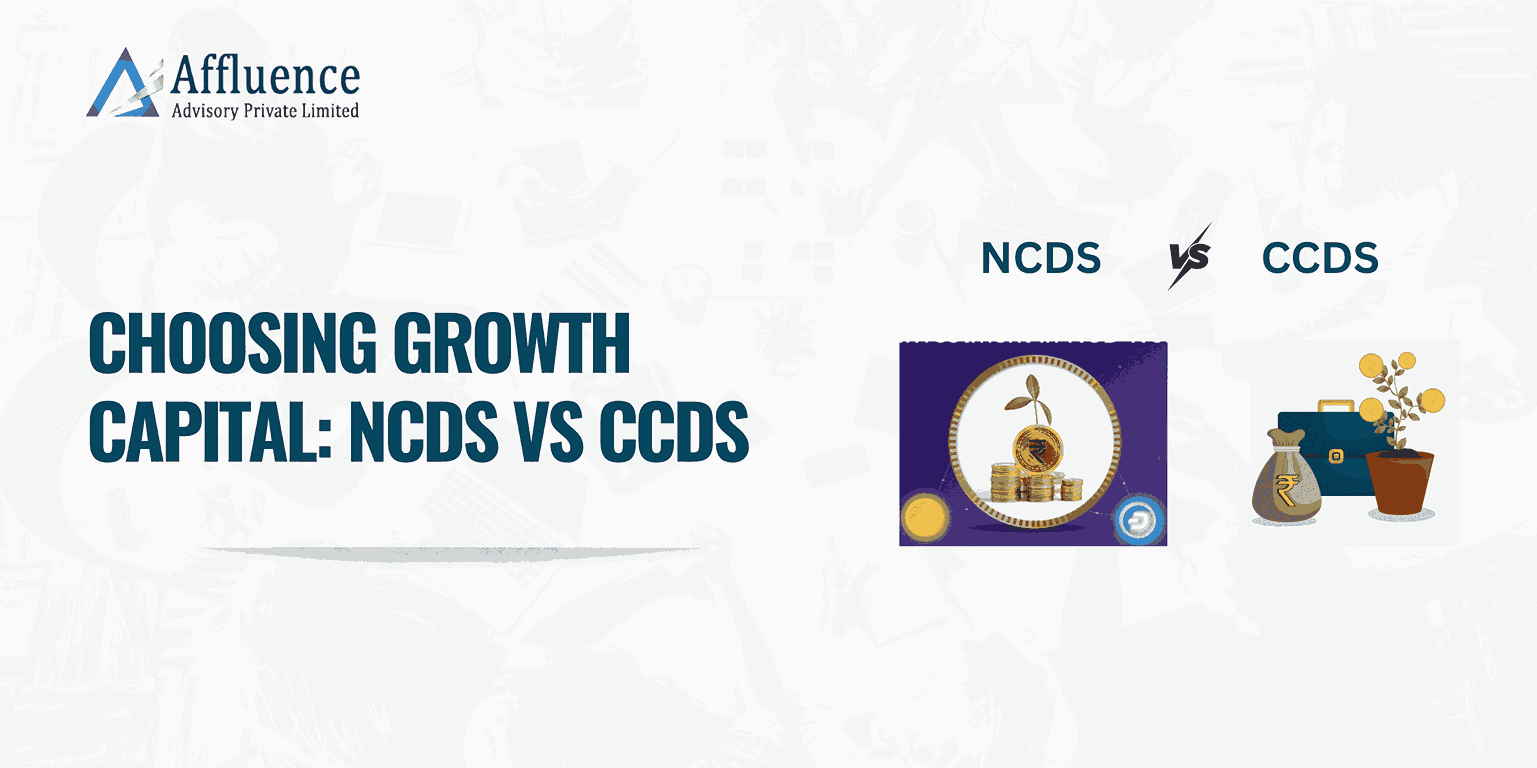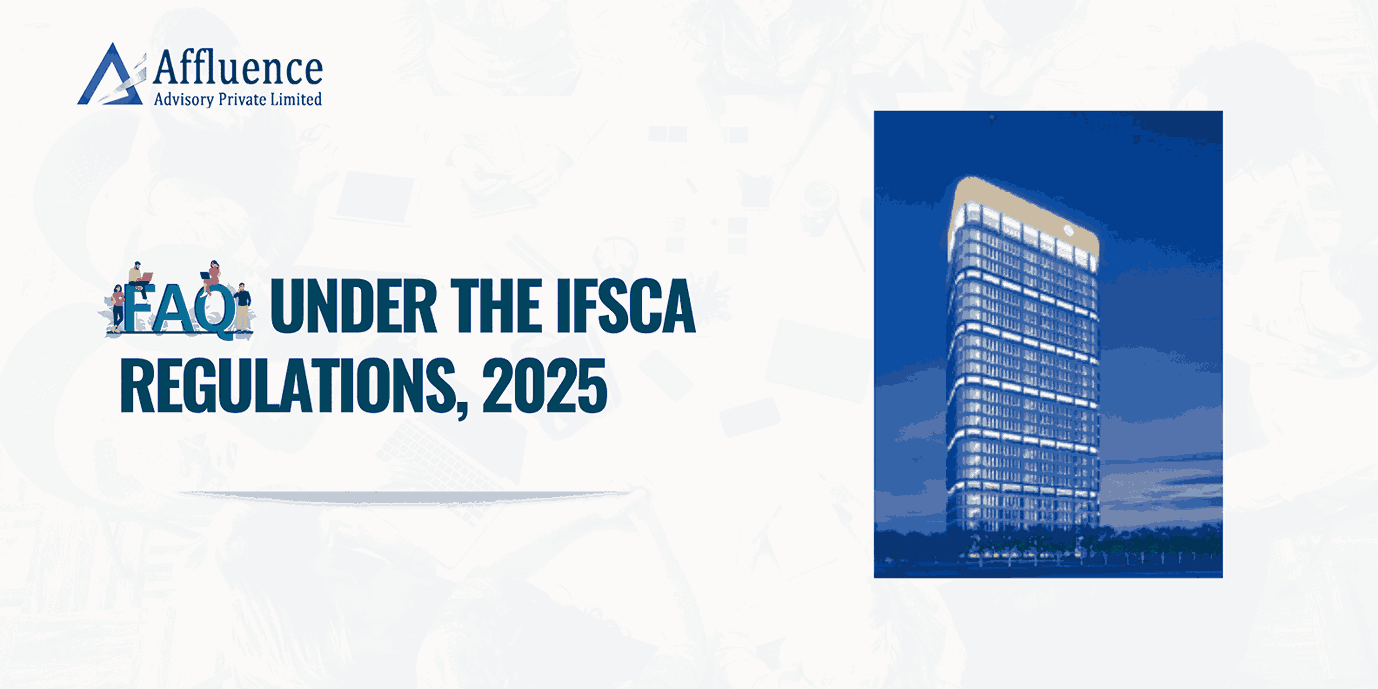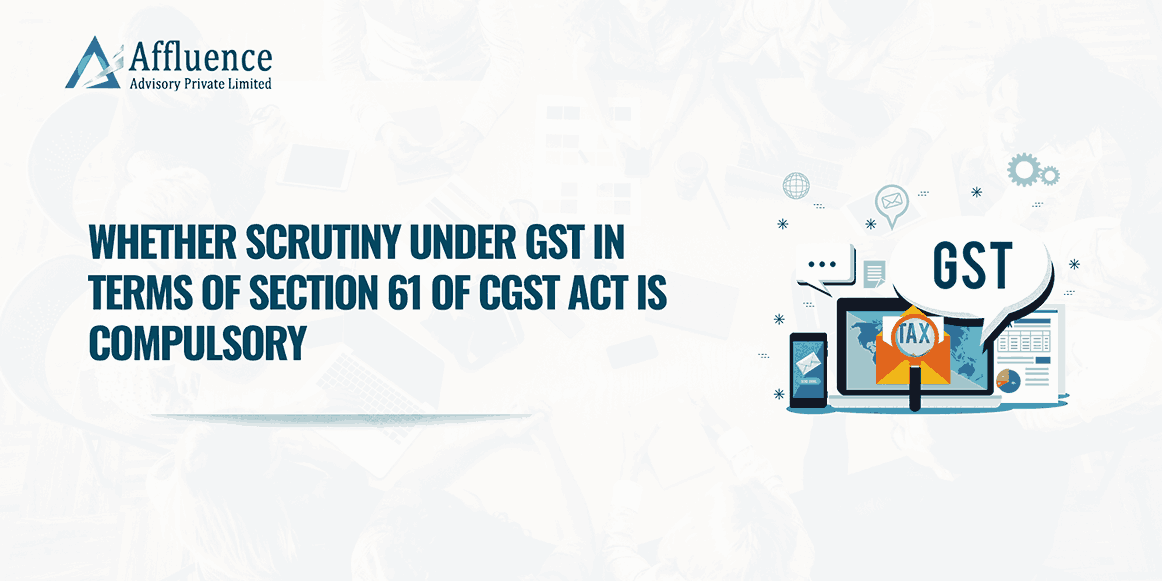In recent years, India’s capital markets have seen a rise in companies raising funds through public offerings. Among these, SME IPOs (Small and Medium Enterprises IPOs) and Mainboard IPOs have gained significant attention. While both routes aim to raise capital from the public, they differ significantly in terms of eligibility, regulations, investor base, and compliance requirements.
In this article, we’ll break down the key differences between SME IPOs and Mainboard IPOs to help investors, promoters, and entrepreneurs understand which platform suits them best.
Also Read: IPO Process: Guide to Successfully Taking Your Company Public
SME IPO:
SME IPOs, or Small and Medium Enterprise IPOs, are designed for companies operating in the small and medium-sized business sector. These IPOs are listed on specialized exchanges such as the SME Platforms of the Bombay Stock Exchange (BSE SME) or the National Stock Exchange (NSE Emerge). The primary purpose of an SME IPO is to provide smaller companies with the opportunity to raise capital from the public market, which can help them expand their operations and grow their business.
Mainboard IPO:
A Mainboard IPO is aimed at larger companies that meet specific eligibility criteria set by SEBI and the respective stock exchanges (NSE and BSE). The companies opting for mainboard IPOs are typically large corporations with a higher market capitalization, often exceeding ₹500 crore.
Major Differences between SME IPO & Mainboard IPO:
|
Factor/Particulars |
SME IPO |
Mainboard IPO |
|
Typical Company Size |
Small & Medium Scale Companies |
Large Scale Companies |
|
Stock Exchange |
BSE SME or NSE Emerge (Can List on anyone Exchange only) |
BSE & NSE (Can list on both Exchanges) |
|
Minimum Post Issue Paid-up Capital |
Between Rs.1 Crore to Rs.10 Crore |
Rs.10 Crore & Above |
|
Profitability |
Company must be profitable at operating level (EBITDA) for two out of three financial years. |
Even a loss making company can be listed on Mainboard platform. |
|
Underwriting |
100% Underwriting is mandatory, with merchant banker underwriting 15% |
Optional |
|
Market Making |
Mandatory for 3 Years |
Not Required |
|
Anchor Investors |
Anchor investors are usually large family offices. SME IPO anchor investor must invest at least 1 crore in a SME IPO. |
Mainboard IPO anchor investor must invest at least 10 crore in a Mainboard IPO. |
|
Approval |
DRHP/RHP approval is done by the respective Stock exchanges. |
Approval of SEBI for DRHP is a preliminary condition for Mainboard IPO. |
|
Investor Eligibility |
Mostly Retail & HNI Investors. |
Widely participated by Institutional Investors, Retail Investors, and HNIs. |
|
Due Diligence |
Focused & streamlined |
Comprehensive |
|
Minimum Application Size |
Typically Rs.1,00,000 and above due to larger lot size. |
Normally between Rs.10,000 to Rs.15,000 for Retail Investors. |
|
Minimum Investor Requirements |
Minimum 50 Investors |
Minimum 1000 Investors |
|
Timeline |
Normally within 3-6 Months |
Usually 6-12 Months |
|
Compliance |
Relaxed |
Stringent |
Which IPO is the Right Option for Companies?
Choosing between an SME IPO and a Mainboard IPO is a crucial strategic decision for any company planning to raise capital from the public markets. The right choice depends on various factors such as business size, growth stage, capital requirement, investor expectations, and long-term objectives.
SME IPO:
Smaller companies and startups in their growth phase might consider an SME IPO as a viable option. While the capital raised is relatively smaller, an SME IPO offers flexibility and fewer regulatory requirements. Additionally, listing on an SME platform opens the door for companies to build their reputation, gain investor interest, and potentially scale their operations in the future.
SME IPO is suitable for small and medium enterprises that are looking for growth capital and brand visibility without bearing the heavy costs and compliance of a Mainboard IPO.
Ideal for:
- Companies with post-issue capital between ₹1 crore to ₹10 crore.
- Early-stage businesses with a minimum of 3 years of operations.
- Startups aiming to build credibility and unlock valuations.
- Firms seeking relatively faster and cost-effective fundraising.
- Businesses operating in niche segments or regional markets.
Benefits:
- Lower cost of listing.
- Simplified SEBI compliance and disclosures.
- Access to capital with relaxed eligibility norms.
- Opportunity to migrate to Mainboard later when the company scales.
Mainboard IPO:
This is typically the ideal choice for established, larger companies that are seeking to raise substantial capital for significant growth initiatives or expansion. A Mainboard IPO helps a company attract a broad investor base and ensures higher liquidity in the market. The listing process involves stringent vetting and due diligence to ensure the company meets all regulatory norms.
Ideal for:
- Companies with post-issue paid-up capital exceeding ₹10 crore.
- Firms with strong financial track record and profitability.
- Businesses planning nationwide or global expansion.
- Companies seeking high brand recognition and liquidity in the market.
Benefits:
- Broader investor participation including institutions and retail investors.
- Higher visibility and prestige among stakeholders.
- Greater liquidity and trading volumes.
- Ability to raise large funds in a single round.
Which IPO is the Right Option for Investors?
For investors looking to participate in India’s growing equity market, both SME IPOs and Mainboard IPOs offer unique opportunities — but with very different risk-reward profiles. The right choice depends on your investment goals, risk appetite, capital availability, and portfolio strategy.
SME IPO – Suitable for High-Risk, High-Reward Investors
SME IPOs are listed on platforms like NSE Emerge and BSE SME, and are offered by smaller, growth-stage companies.
Ideal for:
- High-net-worth individuals (HNIs) and seasoned investors.
- Those looking for early-stage investments with potential for high returns.
- Investors who can tolerate low liquidity and higher volatility.
- Those who can study company fundamentals deeply, as less research is publicly available.
Pros:
- High return potential if invested in the right company.
- Ability to invest in undervalued or niche businesses before they scale.
- Portfolio diversification into micro- and small-cap segments.
Cons:
- Low liquidity post-listing.
- Limited research coverage, making it harder to assess risks.
- Higher lot sizes (₹1–2 lakh), restricting retail participation.
- Market makers control supply/demand, which may affect pricing.
Mainboard IPO – Suitable for Retail and Long-Term Investors
Mainboard IPOs are brought out by established companies and listed on BSE and NSE, offering higher investor confidence.
Ideal for:
- Retail investors, mutual funds, and institutional investors.
- Those seeking lower-risk opportunities with stable businesses.
- Investors with long-term wealth creation goals.
- New investors wanting a safer entry into equities.
Pros:
- High liquidity – easy to buy/sell post listing.
- Well-regulated and widely analysed by media and analysts.
- Lower minimum investment size (as low as ₹15,000).
- Opportunities in blue-chip and growth companies.
Cons:
- Lower returns compared to SME IPOs (in many cases).
- Over-subscription can lead to small allotments or no allotment.
- Highly competitive due to wider retail interest.
Disclaimer: This article provides general information existing at the time of preparation and we take no responsibility to update it with the subsequent changes in the law. The article is intended as a news update and Affluence Advisory neither assumes nor accepts any responsibility for any loss arising to any person acting or refraining from acting as a result of any material contained in this article. It is recommended that professional advice be taken based on specific facts and circumstances. This article does not substitute the need to refer to the original pronouncement.
CLICK HERE DOWNLOAD PDF








